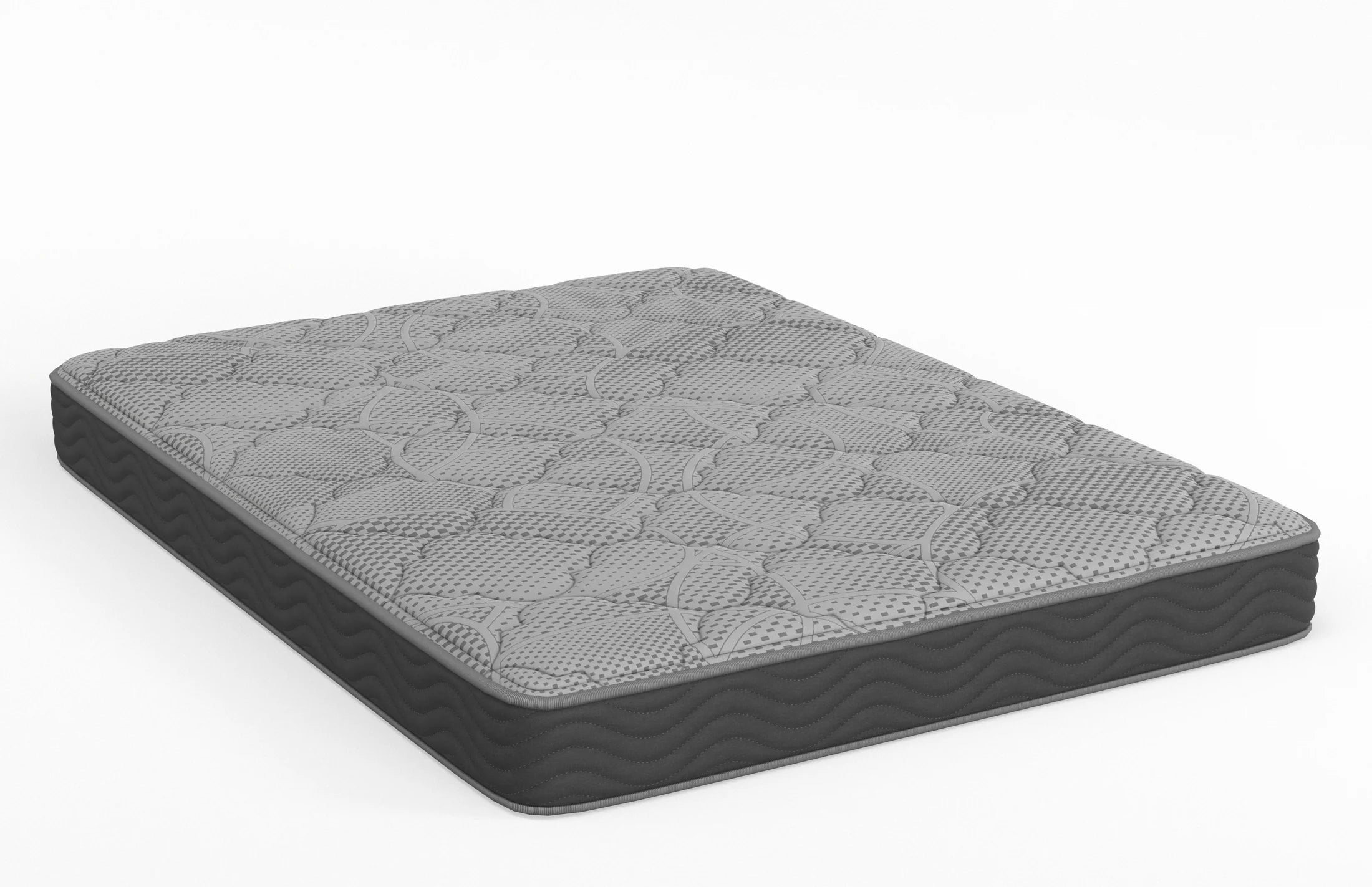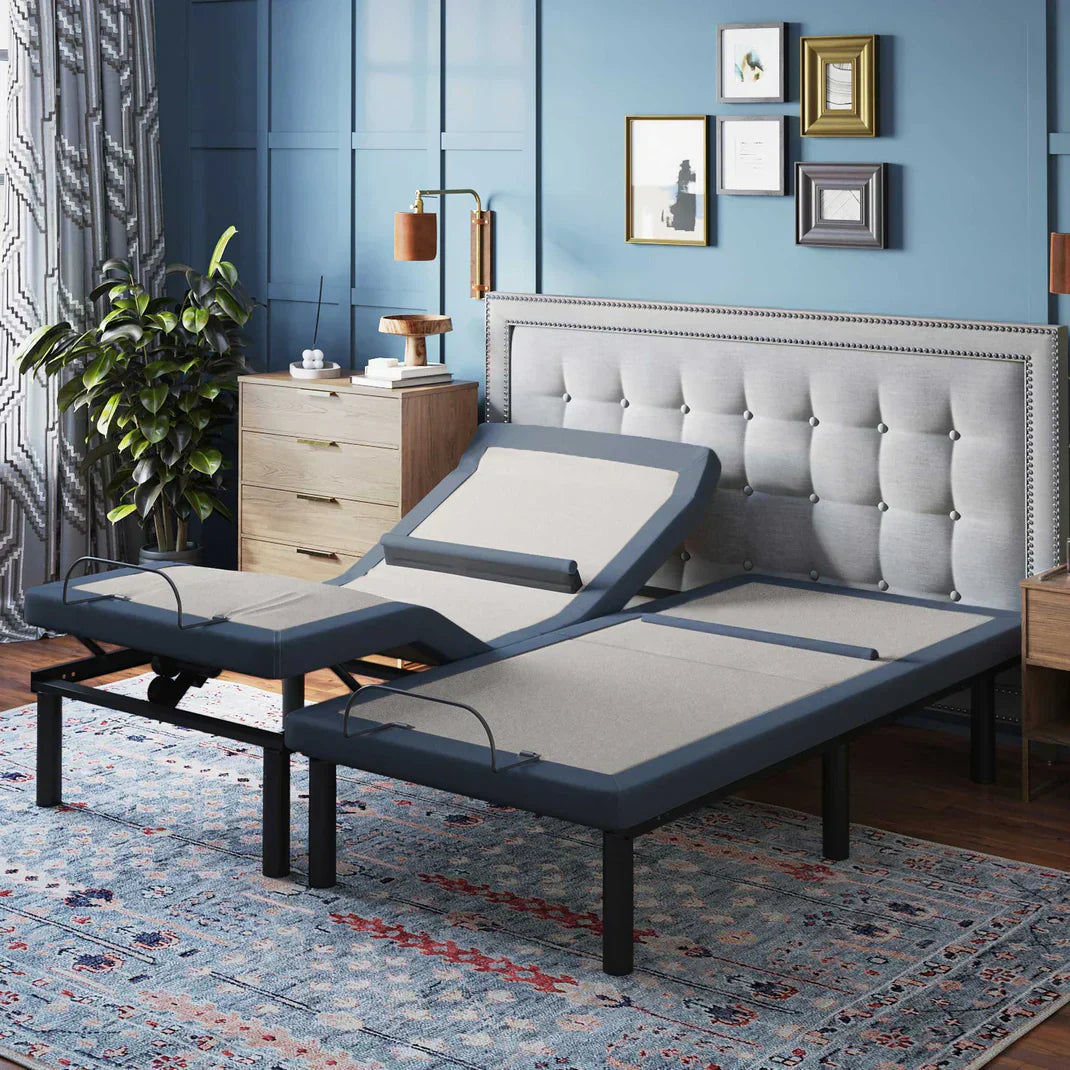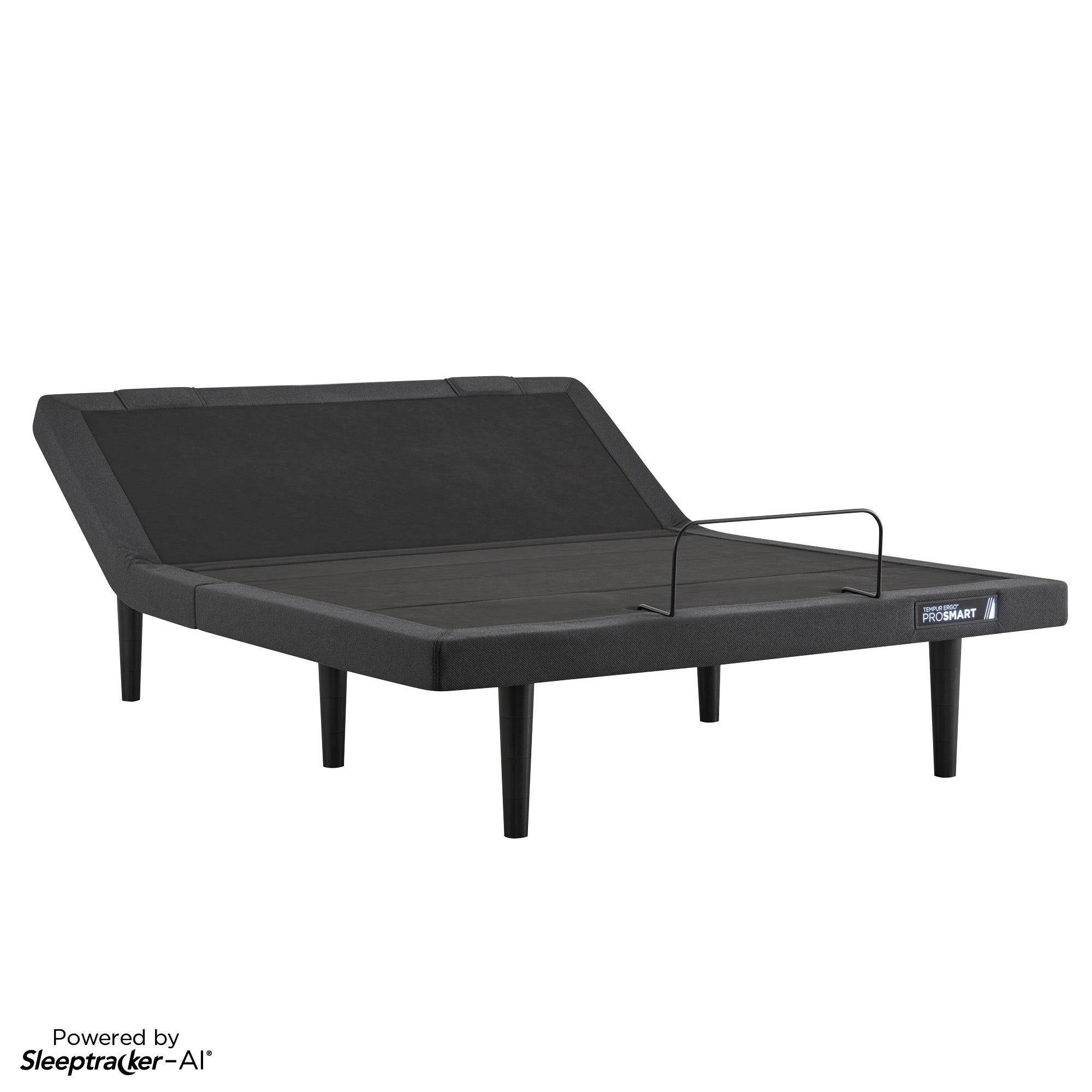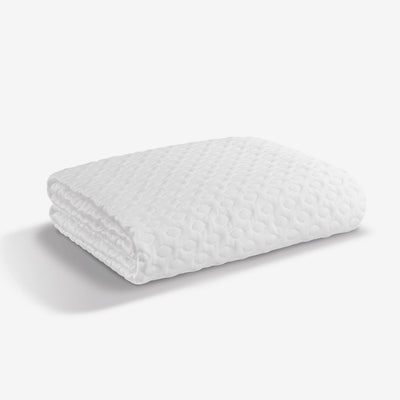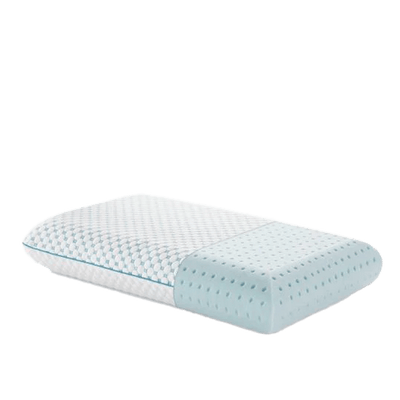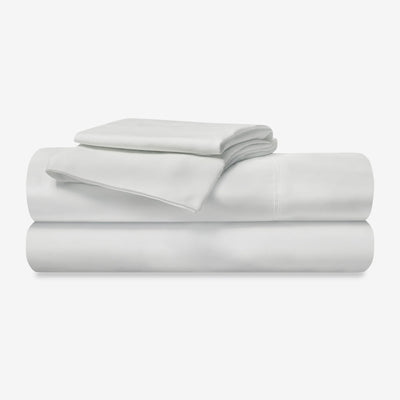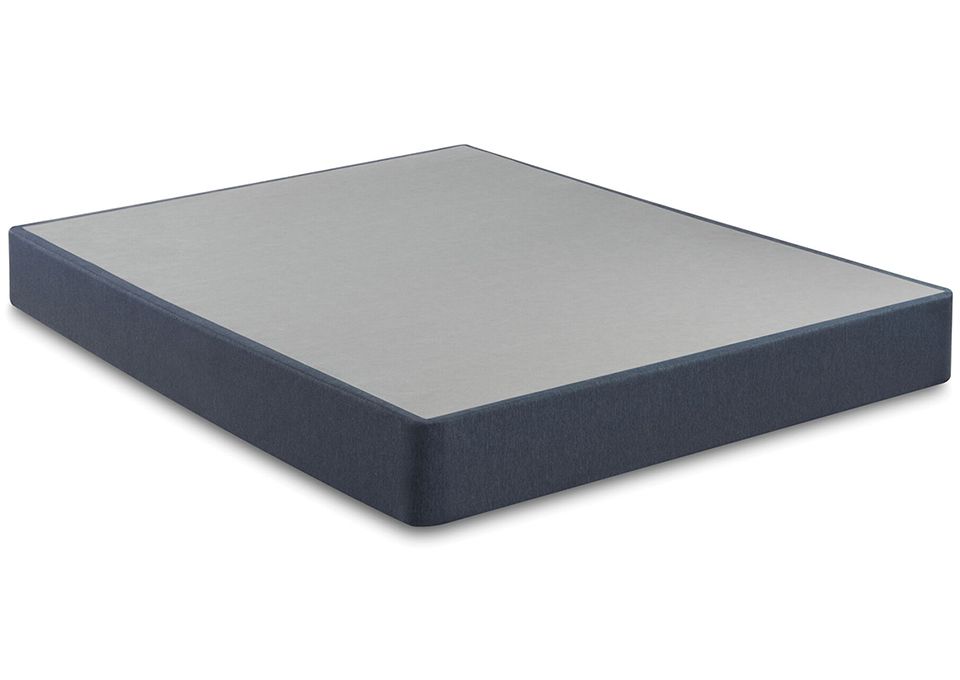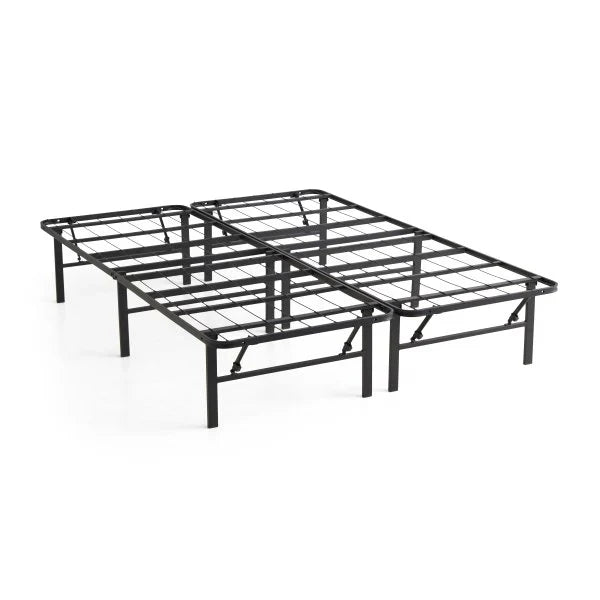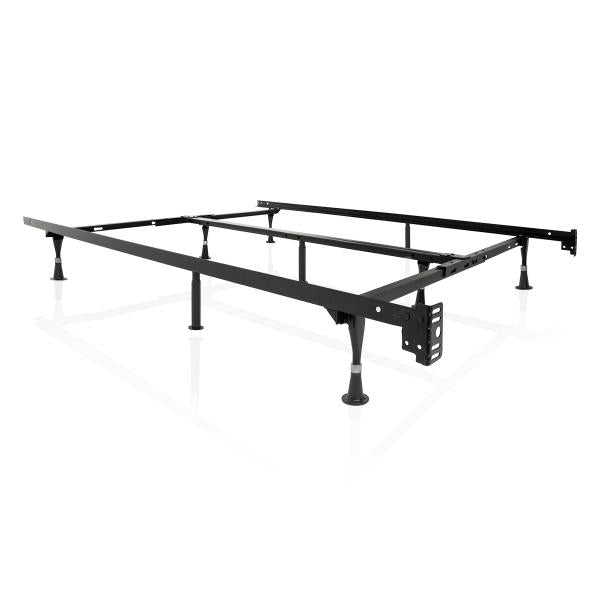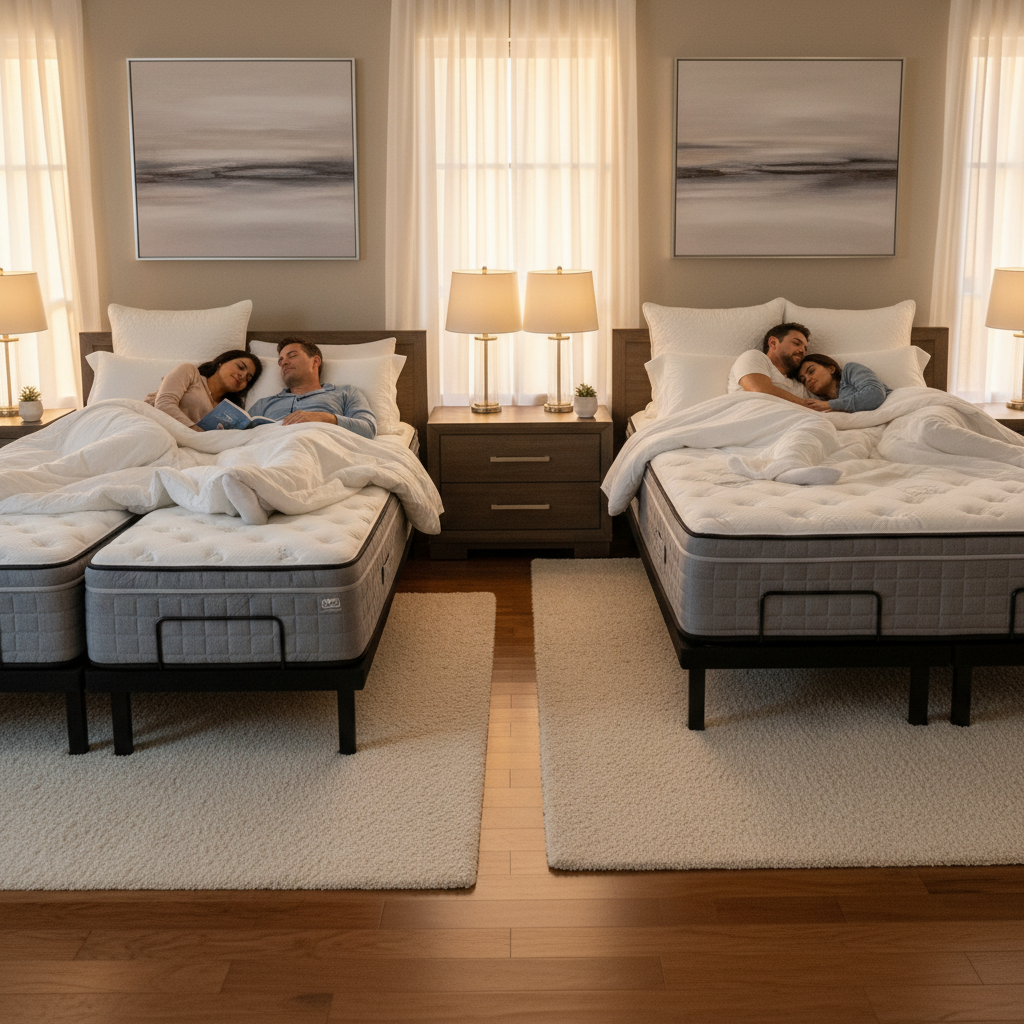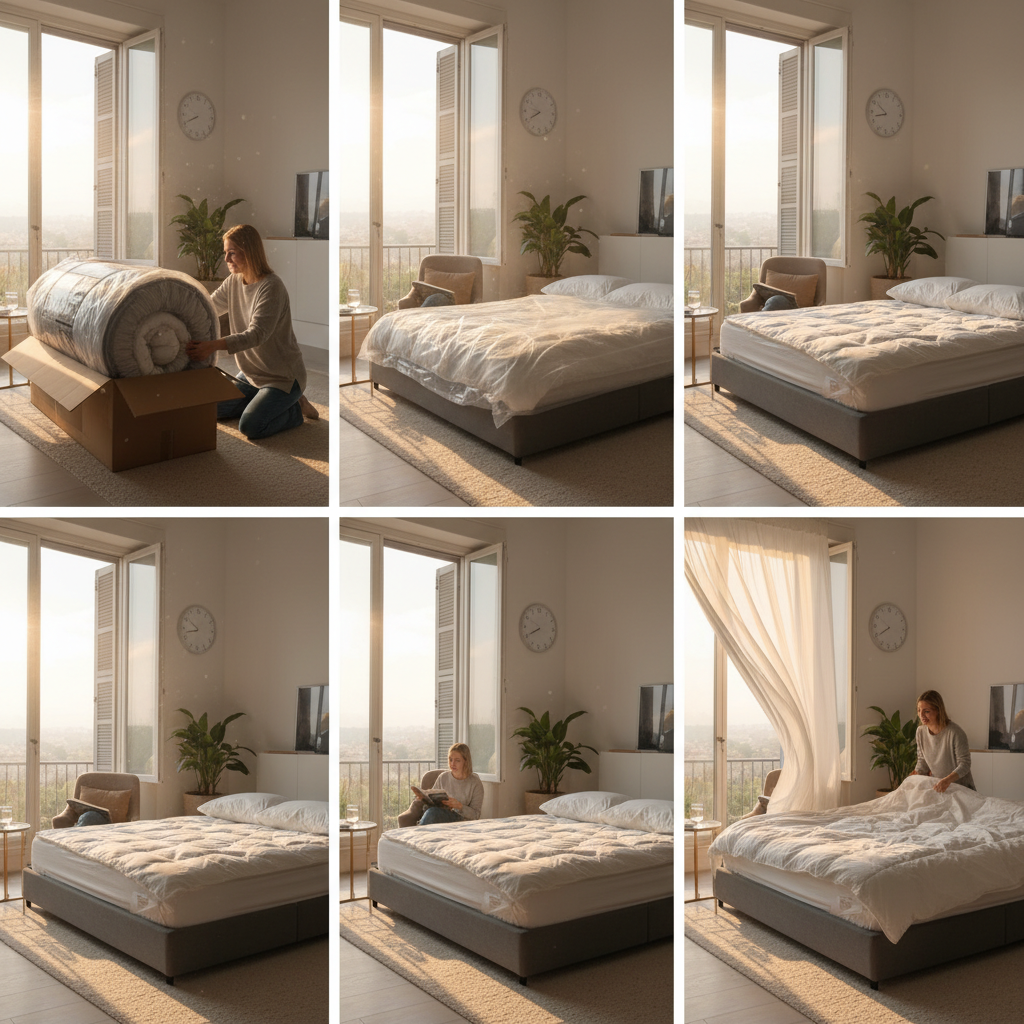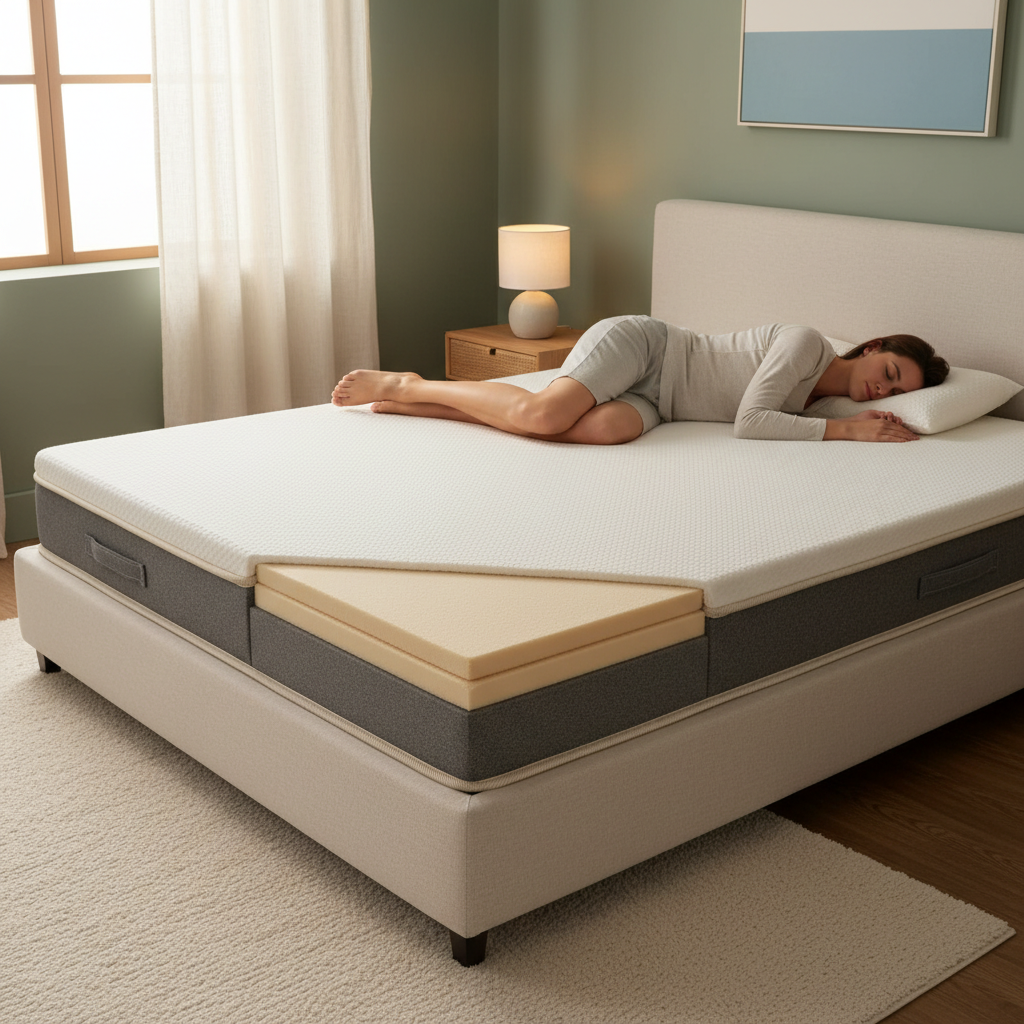
If you wake up drenched in sweat or constantly toss and turn from overheating, you're not alone. Night sweats and hot sleeping affect millions of people, turning what should be restful nights into uncomfortable struggles with temperature regulation. The best mattress for hot sleepers combines breathable materials, proper airflow, and cooling technologies that work together to dissipate heat rather than trap it against your body. Understanding which mattress types, materials, and features actually deliver cooler sleep can transform your nights from sweaty and restless to comfortable and rejuvenating.
Why Some Mattresses Sleep Hot While Others Stay Cool
The difference between a hot-sleeping mattress and a cool one comes down to heat retention versus heat dissipation. Memory foam mattresses, despite marketing claims about cooling gels or infusions, tend to trap body heat due to their dense cellular structure. When you lie on memory foam, your body heat gets absorbed into the material and has nowhere to escape, creating a warming effect that builds throughout the night.
In contrast, mattresses with open coil systems or natural latex allow air to circulate freely around and through the sleeping surface. These materials create pathways for heat to move away from your body rather than accumulating underneath you. The construction and materials used in your mattress directly impact whether you'll sleep cool or wake up overheated.
Body weight also plays a crucial role in heat retention. Heavier sleepers tend to sink deeper into mattresses, which reduces airflow around the body and creates more surface contact with heat-absorbing materials. This means choosing the right firmness level and support system becomes even more important for maintaining comfortable temperatures throughout the night.
Materials That Keep You Cool vs. Those That Trap Heat
Natural Materials That Promote Cooling
Natural materials consistently outperform synthetic alternatives when it comes to temperature regulation. Wool, cotton, linen, and natural latex all possess inherent properties that wick moisture away from the body while allowing excellent airflow. These materials have been used for centuries in bedding precisely because they help maintain comfortable sleeping temperatures.
Wool deserves special attention as a temperature regulator. A quality wool mattress topper can provide year-round comfort, naturally adjusting to your body's temperature needs. Wool fibers create tiny air pockets that insulate when you're cool and release heat when you're warm, making it an ideal material for hot sleepers who also experience temperature fluctuations.
Natural latex stands out among mattress materials for its unique cell structure, which creates ventilation channels throughout the material. Unlike memory foam, latex springs back quickly and doesn't conform as closely to your body, maintaining air gaps that allow heat to escape. Modern cooling mattress technologies often incorporate these natural principles into their designs.
While anecdotal reports and customer feedback support cooling benefits of natural fibers, readers should be aware that temperature response may vary by individual and product construction.
Materials and Features to Avoid
Memory foam tops the list of materials that hot sleepers should avoid, regardless of cooling marketing claims. The viscoelastic properties that make memory foam conform to your body also cause it to retain heat. Even memory foam labeled as "gel-infused" or "cooling" typically only provides temporary relief before the material warms up from prolonged body contact. Although some sleepers may initially experience cooling with gel-infused memory foam, these effects often diminish as the material absorbs body heat over time, depending on mattress thickness and room environment.
-
Traditional memory foam mattresses and toppers
-
Synthetic mattress protectors and waterproof covers
-
High-thread-count sheets that reduce breathability
-
Polyester comforters and bedding
-
Mattresses with excessive layers that impede airflow
Synthetic waterproof mattress protectors create a particularly problematic combination for hot sleepers. These covers trap heat and moisture against the mattress surface, negating any cooling benefits your mattress might otherwise provide. If you need mattress protection, look for breathable, natural fiber alternatives.
[collection-carousel="most-cooling"]
Best Mattress Types for Hot Sleepers
Innerspring Mattresses
Traditional innerspring mattresses remain some of the coolest-sleeping options available. The coil system creates natural air channels throughout the mattress, allowing heat to dissipate efficiently. However, very firm innerspring mattresses without adequate cushioning can become uncomfortable over time, so finding the right balance between cooling and comfort is essential.
Modern innerspring designs often incorporate minimal foam layers or natural fiber comfort layers that maintain breathability while improving comfort. These hybrid approaches can provide the cooling benefits of coils without sacrificing the pressure relief that many sleepers need for comfortable rest.
Natural Latex Mattresses
Latex mattresses offer an excellent compromise between cooling properties and comfortable support. The material naturally resists heat retention while providing responsive support that doesn't create the sinking sensation associated with memory foam. Latex also tends to be more durable than synthetic alternatives, maintaining its cooling properties over many years of use.
Full latex mattresses can be customized with different firmness levels on each side, making them particularly suitable for couples where one person sleeps hot and the other has different comfort preferences. The material's natural resistance to dust mites and allergens provides additional benefits for sensitive sleepers.
Hybrid Mattresses with Cooling Features
Well-designed hybrid mattresses combine the airflow benefits of innerspring systems with carefully selected comfort materials that don't trap heat. Look for hybrids that use latex, natural fibers, or minimal foam layers rather than thick memory foam comfort systems.
For heavier hot sleepers, reinforced hybrid mattresses with stronger coil systems and cooling covers can provide the necessary support while maintaining temperature regulation. Advanced cooling mattress collections often feature these specialized hybrid constructions designed specifically for temperature-sensitive sleepers.
[collection-carousel="breeze®-collection"]
Additional Cooling Solutions and Accessories
Mattress Toppers for Temperature Regulation
If replacing your entire mattress isn't immediately feasible, a quality cooling mattress topper can significantly improve temperature regulation. Wool toppers provide excellent natural temperature regulation, while latex toppers with ventilation channels can add cooling properties to existing mattresses.
Avoid memory foam toppers, even those marketed as cooling, as they will likely worsen heat retention issues. Instead, focus on natural materials that complement your body's temperature regulation rather than working against it.
Active Cooling Systems
For severe hot sleeping issues, active cooling systems like the BedJet or Chilipad can provide targeted temperature control independent of your mattress materials. These systems circulate air or regulate surface temperature, offering customizable cooling that can be adjusted throughout the night.
While these systems require additional investment, they can be particularly effective for people who experience night sweats due to medical conditions or hormonal changes. The ability to fine-tune temperature settings makes them valuable for sleepers who haven't found relief through mattress changes alone.
Bedding and Sleep Environment
Your choice of bedding materials can dramatically impact sleep temperature, even with a cooling mattress. Natural fiber sheets made from linen, cotton, or bamboo allow better airflow than high-thread-count cotton or synthetic materials. Consider these bedding upgrades:
-
Replace polyester or synthetic blend sheets with natural fiber alternatives
-
Choose lightweight, breathable comforters or blankets
-
Use pillows with cooling properties or breathable fill materials
-
Ensure adequate room ventilation and air circulation
-
Consider moisture-wicking sleepwear made from natural fibers
Room temperature and humidity levels also significantly affect sleep comfort. Maintaining a bedroom temperature between 65-68 degrees Fahrenheit, combined with proper humidity control, creates an environment that supports your mattress's cooling properties.
[collection-carousel="tempur-pedic"]
Special Considerations for Different Types of Hot Sleepers
Heavier Sleepers
Heavier individuals face unique challenges with temperature regulation due to increased surface contact with the mattress and deeper sinking into comfort materials. Medium-firm to firm mattresses with strong support systems help prevent excessive sinking while maintaining airflow around the body.
Reinforced hybrid mattresses with enhanced coil systems and cooling technologies specifically designed for heavier sleepers can provide both the support needed to prevent heat-trapping body impressions and the cooling features necessary for comfortable sleep.
Couples with Different Temperature Preferences
When partners have different temperature needs, split mattresses or adjustable systems can provide individualized comfort zones. Some couples find success with different firmness levels on each side of the bed, allowing the hot sleeper to benefit from a firmer, more breathable surface while their partner enjoys different comfort settings.
Separate bedding systems, including individual sheets and blankets, can also help manage different temperature preferences without requiring separate mattresses.
Medical Conditions and Hormonal Changes
Hot sleeping related to medical conditions, medications, or hormonal changes like menopause may require more comprehensive cooling solutions. In these cases, combining a cooling mattress with active temperature regulation systems and breathable bedding often provides the most effective relief.
Professional sleep consultations can help identify the most appropriate cooling solutions for your specific situation and health considerations.
How to Choose Your Ideal Cooling Mattress
Selecting the best mattress for hot sleepers requires evaluating several factors beyond just cooling properties. Consider your preferred sleeping position, body weight, any partner needs, and specific comfort requirements alongside temperature regulation needs.
Start by identifying which materials have caused overheating problems in the past, then focus on mattresses that use alternative constructions. Test mattresses during warmer parts of the day when possible, and ask about sleep trial periods that allow you to evaluate cooling performance over multiple weeks.
Pay attention to the mattress construction details, including the types and amounts of foam used in comfort layers. Even small amounts of memory foam can impact temperature regulation, so look for mattresses that rely primarily on coils, latex, or natural fibers for comfort.
Consider your complete sleep environment when making your decision. The most effective cooling mattress won't solve overheating issues if you're using synthetic bedding or sleeping in a poorly ventilated room. Plan to address temperature regulation holistically for the best results.
Finding Your Perfect Cooling Solution
The journey to cooler, more comfortable sleep often requires trying different combinations of materials, firmness levels, and cooling technologies. Professional mattress consultation can help you navigate these options and find solutions tailored to your specific needs and preferences.
Working with certified Sleep Consultants ensures you understand how different materials and constructions will perform for your body type, sleeping habits, and temperature regulation needs. This personalized approach often leads to better outcomes than trying to solve cooling issues through trial and error.
Remember that investing in better sleep temperature regulation pays dividends in improved rest quality, better daytime energy levels, and overall health benefits. The right cooling mattress becomes a long-term investment in your wellbeing and sleep satisfaction.
This article was developed with input from sleep product specialists at Mattress on Demand, incorporating hands-on product experience and feedback from temperature-sensitive sleepers.
Overcoming hot sleeping and night sweats requires understanding how different mattress materials and constructions affect temperature regulation. Natural materials like latex and wool, combined with proper airflow design, consistently outperform synthetic alternatives and dense foam constructions. By choosing mattresses that prioritize heat dissipation over heat retention, incorporating breathable bedding materials, and considering your individual needs like body weight and sleeping position, you can create a sleep environment that keeps you comfortable throughout the night. The best mattress for hot sleepers works with your body's natural temperature regulation rather than against it, transforming restless, sweaty nights into the refreshing sleep you deserve.







